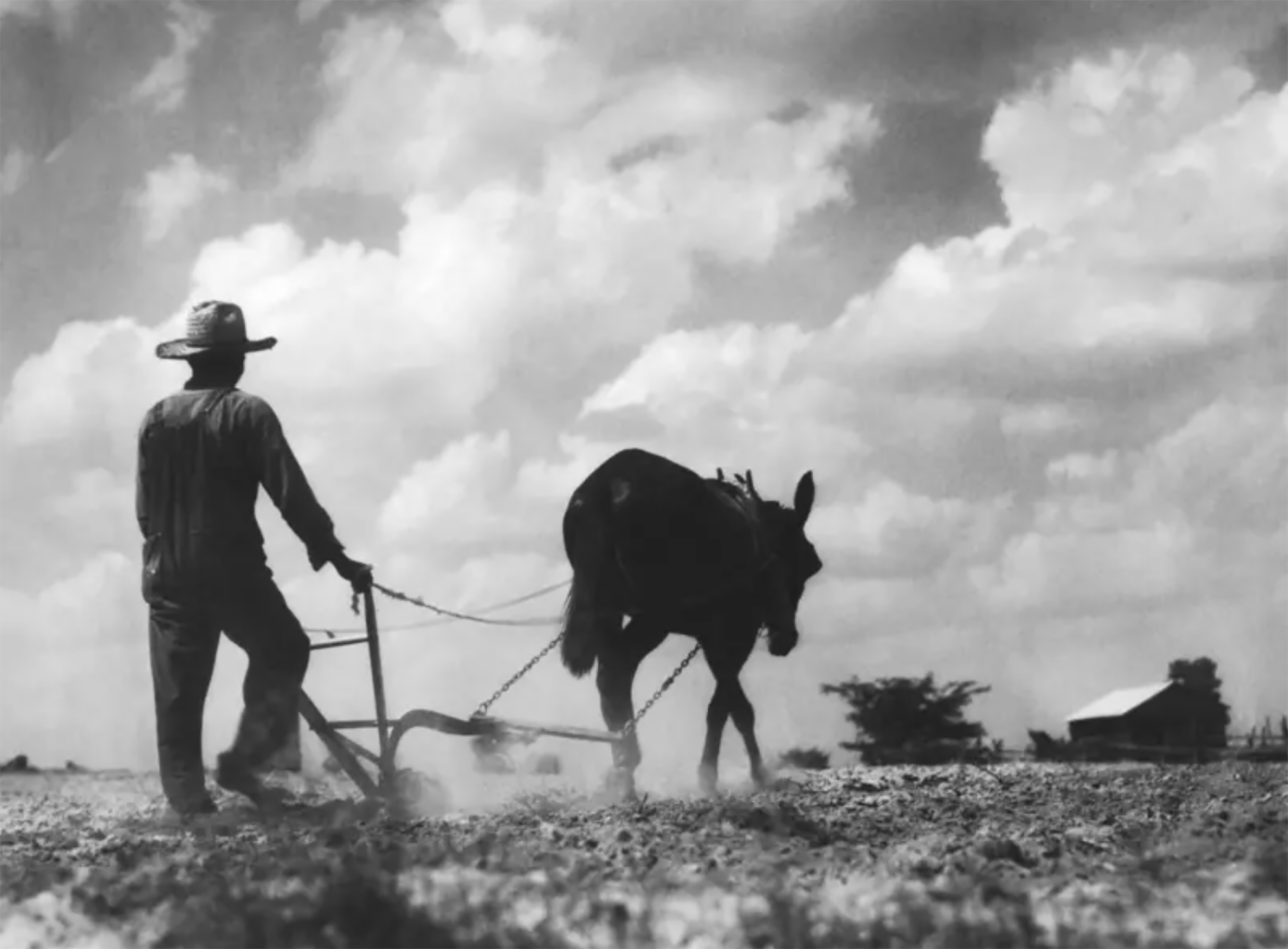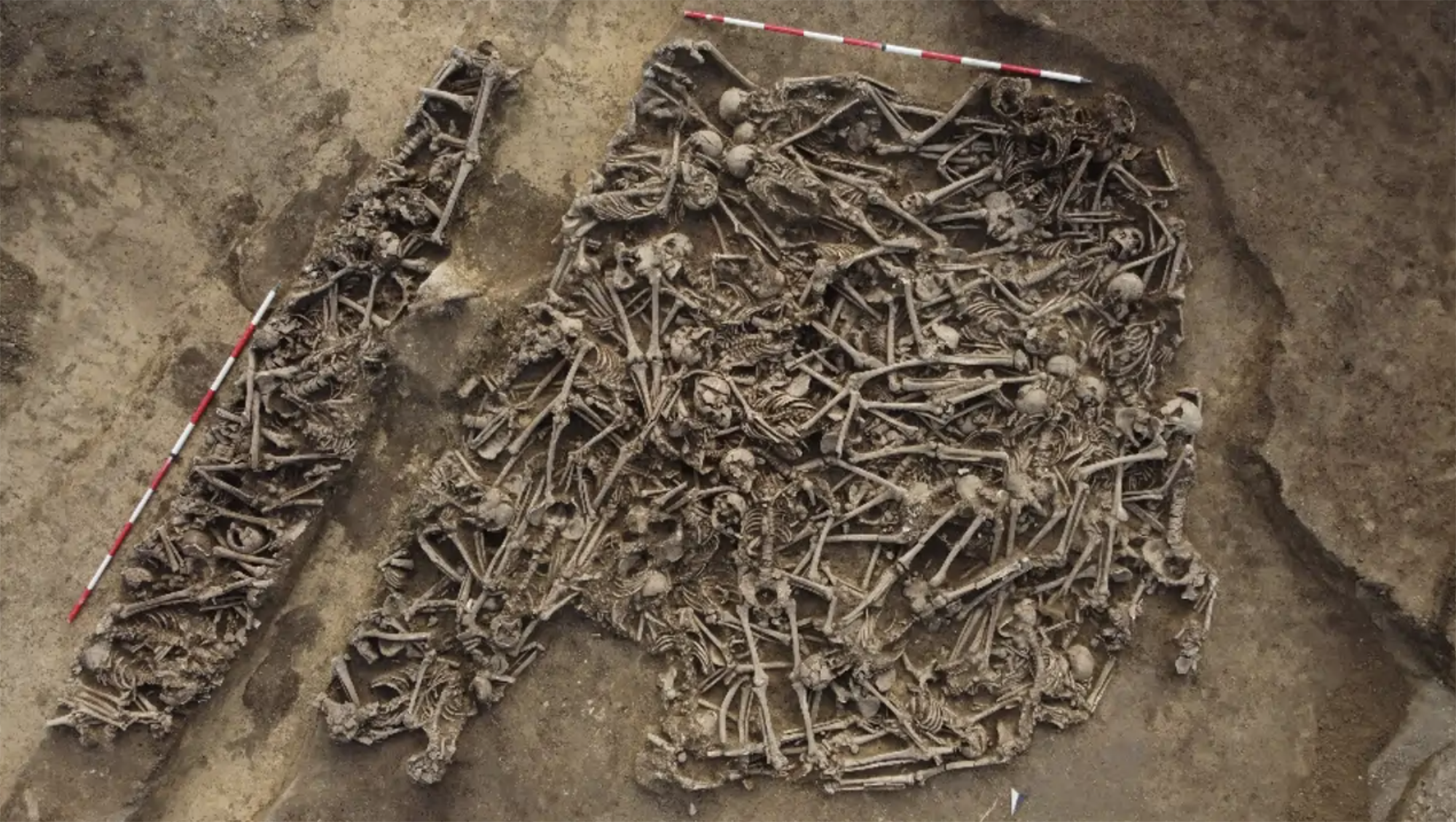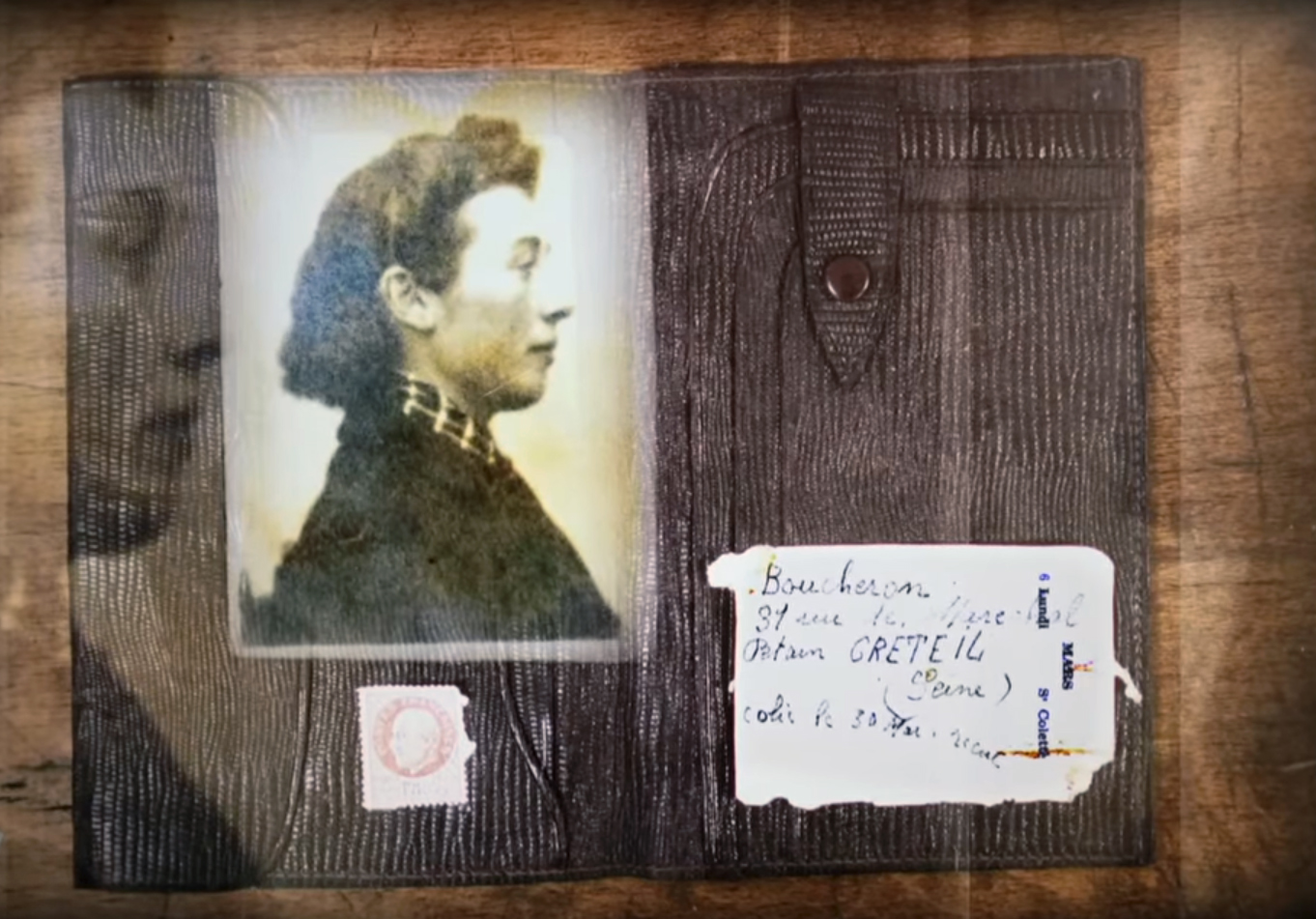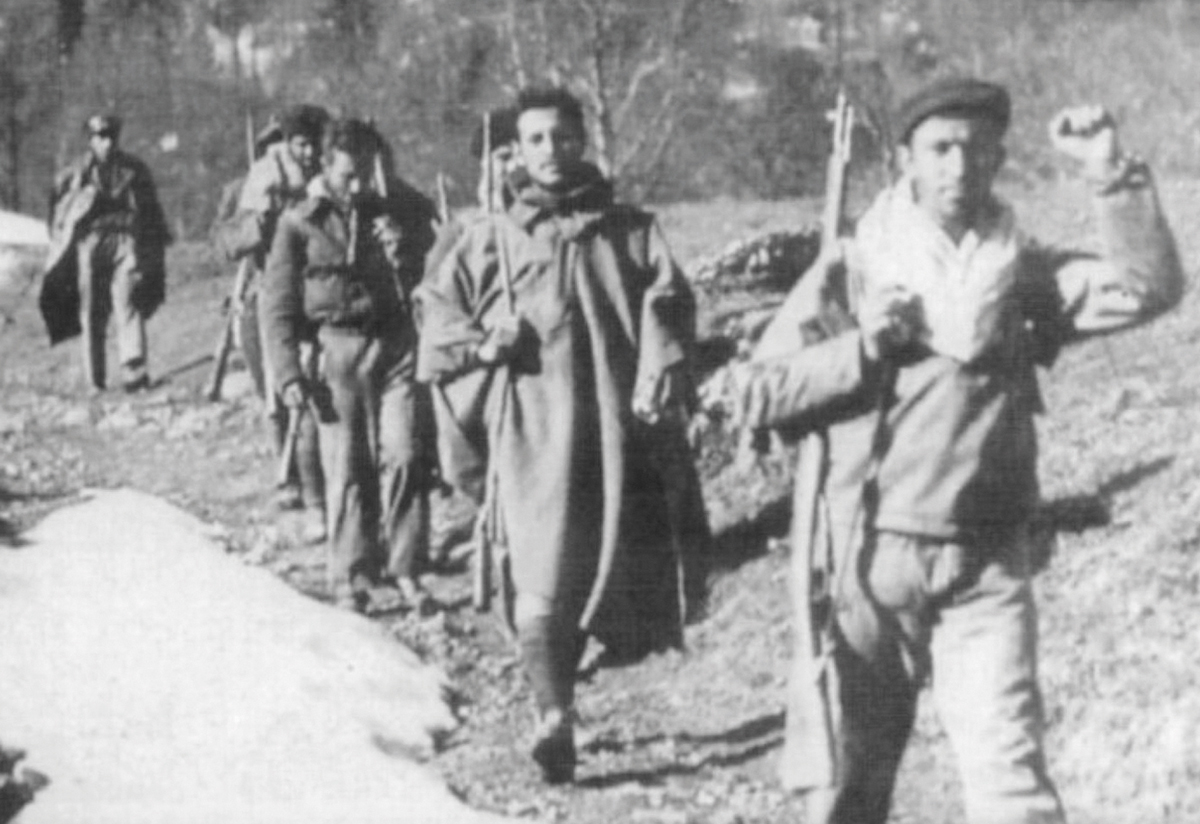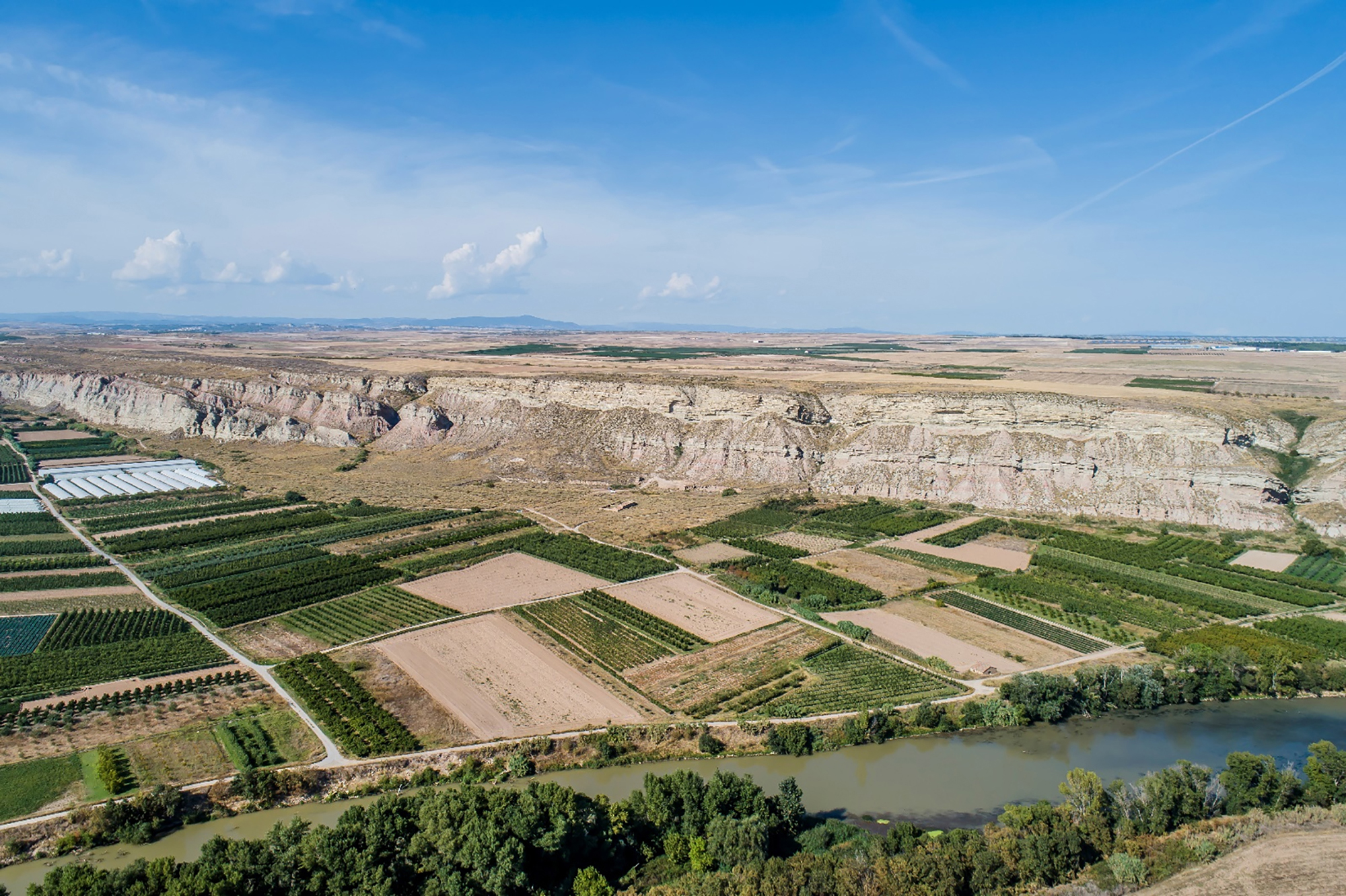First Night Regulated Rape
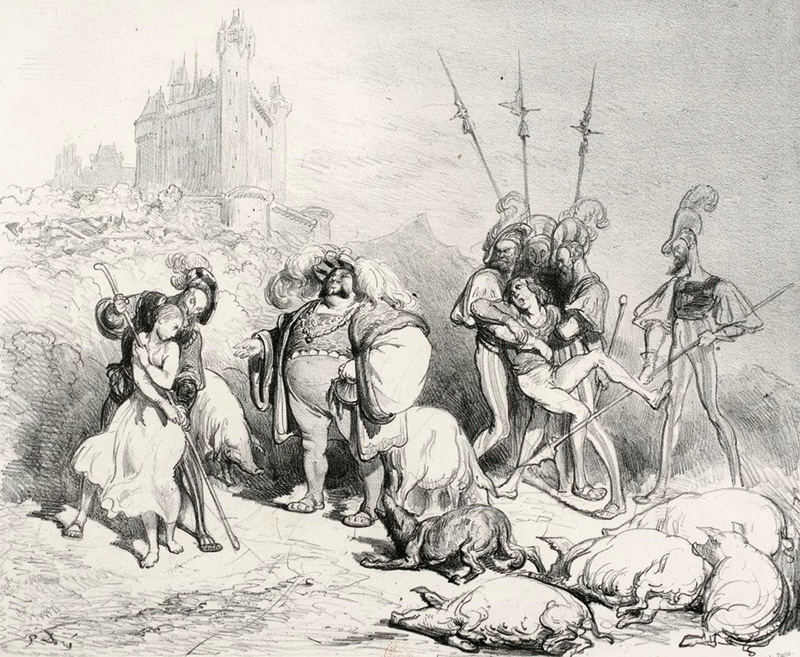
Muskiz (Bizkaia). Lope García de Salazar (1399-1476) was besieged in the tower of Muñatones by his son Juan. He would close the last years of his life, first in Muskiz and then in the Torre Salazar de Portugalete, since, despite being an oñacino, he had chosen the gamboínos.
In recent years he wrote an extensive work by Istoria de las bienandanças e fortunas, composed by 35 volumes. From the foundation of the world until the middle of the 15th century, the Banderizo Lord received history and thanks to it is recognized as the first historian of Bizkaia.
In this source of great value for understanding the conflicts between sides, Salazar wrote, among other things, to Jus Primae Noctis or in favor of the right of the first night. As a result, feudal lords allegedly had the right to have sex with any maiden in danger of marriage.
As few legal documents on the right have been retained, some historians question the right of the lords to literally rape the vassals during the bridal night. According to traditional historiography, the sexual assaults of the wedding night were legal for the lords, but there are those who claim that Jus Primae Noctis was nothing more than a symbolic rite.
But no one doubts that in the Middle Ages, during the wedding night or at any other time, regardless of the spread of the law, the rape of women from the lower ranks was a widespread habit.
One example of this is another Lope García de Salazar, a great-grandfather of the historian of the same name, Lamista Mayor de Bizkaia, who died in the conquest of Algeciras in 1344. We know that he married twice and that he had at least four children with his wives. However, outside marriage, he soon began to use the privileges of being a master, legal or traditional, and to have bastard offspring. The first one took place at the age of 15, with a girl from Nograro (Álava). In total, he had 120 bastards.
His great-grandson, who collected the history of the world, did not reach the figures of his great-grandfather, but when he died poisoned in the tower of Portugalete in 1476 he had the daughter of Mencia de Avellaneda.
Washington, D.C., June 17, 1930. The U.S. Congress passed the Tariff Act. It is also known as the Smoot-Hawley Act because it was promoted by Senator Reed Smoot and Representative Willis Hawley.
The law raised import tax limits for about 900 products by 40% to 60% in order to... [+]
During the renovation of a sports field in the Simmering district of Vienna, a mass grave with 150 bodies was discovered in October 2024. They conclude that they were Roman legionnaires and A.D. They died around 100 years ago. Or rather, they were killed.
The bodies were buried... [+]
My mother always says: “I never understood why World War I happened. It doesn't make any sense to him. He does not understand why the old European powers were involved in such barbarism and does not get into his head how they were persuaded to kill these young men from Europe,... [+]
Until now we have believed that those in charge of copying books during the Middle Ages and before the printing press was opened were men, specifically monks of monasteries.
But a group of researchers from the University of Bergen, Norway, concludes that women also worked as... [+]
Florentzia, 1886. Carlo Collodi Le avventure de Pinocchio eleberri ezagunaren egileak zera idatzi zuen pizzari buruz: “Labean txigortutako ogi orea, gainean eskura dagoen edozer gauzaz egindako saltsa duena”. Pizza hark “zikinkeria konplexu tankera” zuela... [+]
Ereserkiek, kanta-modalitate zehatz, eder eta arriskutsu horiek, komunitate bati zuzentzea izan ohi dute helburu. “Ene aberri eta sasoiko lagunok”, hasten da Sarrionandiaren poema ezaguna. Ereserki bat da, jakina: horra nori zuzentzen zaion tonu solemnean, handitxo... [+]
Linear A is a Minoan script used 4,800-4,500 years ago. Recently, in the famous Knossos Palace in Crete, a special ivory object has been discovered, which was probably used as a ceremonial scepter. The object has two inscriptions; one on the handle is shorter and, like most of... [+]
Londres, 1944. Dorothy izeneko emakume bati argazkiak atera zizkioten Waterloo zubian soldatze lanak egiten ari zela. Dorothyri buruz izena beste daturik ez daukagu, baina duela hamar urte arte hori ere ez genekien. Argazki sorta 2015ean topatu zuen Christine Wall... [+]











